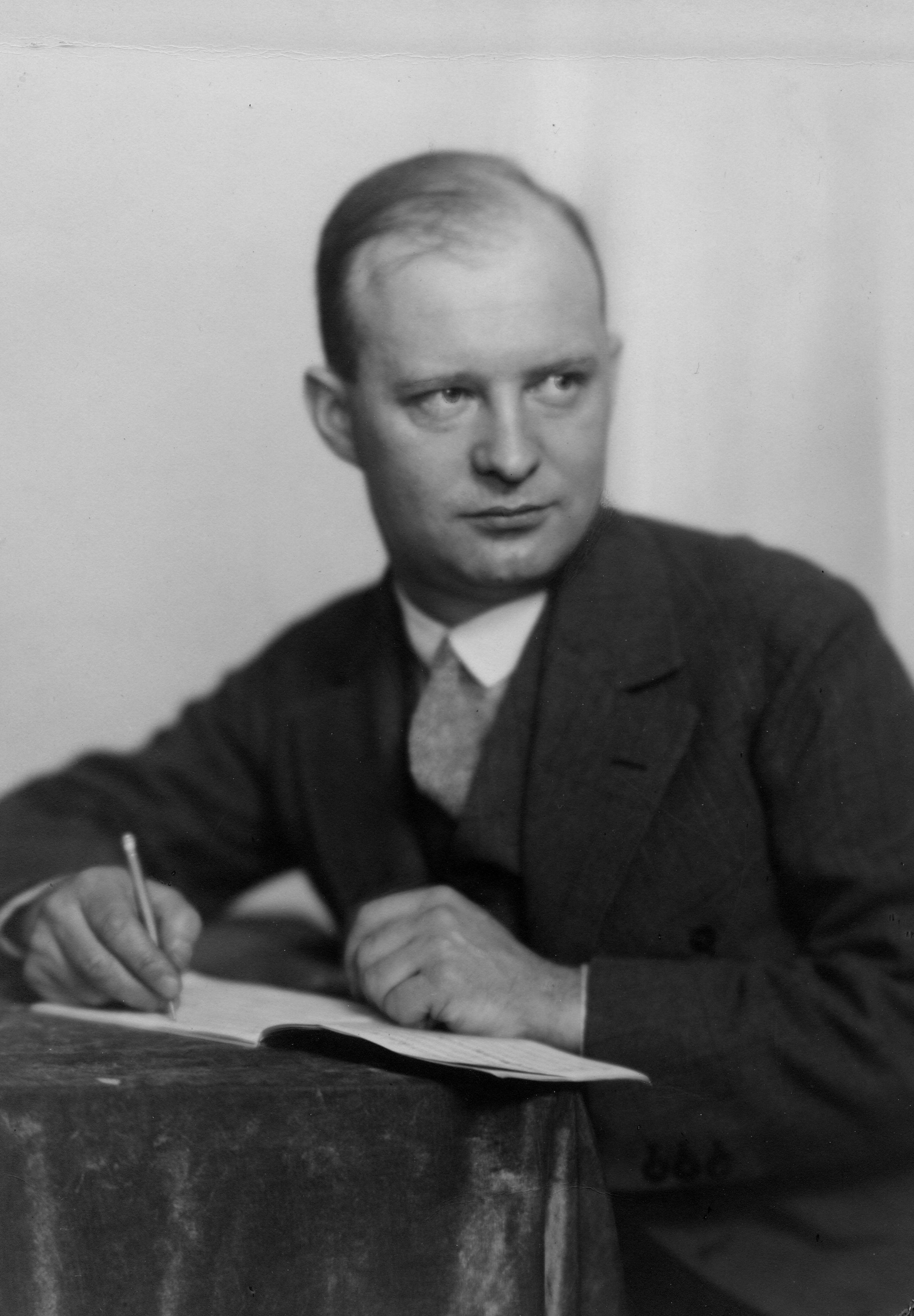Paul Hindemith

Paul Hindemith (English pronunciation: /ˈhɪndəmɪt/) (1895–1963) was a German composer, teacher, and conductor. He is known for his unique neoclassical compositional voice, which was strongly influenced by the counterpoint of Johann Sebastian Bach and Max Reger.
Hindemith’s musical style employs a unique system of structure that he formulated. This system is tonal, but non-diatonic; rather than relying on a scale as a subset of the 12 chromatic pitches in order to establish tonality, this system employs all 12 pitches freely according to a hierarchy of dissonance. Hindemith ranked all intervals and chords according to their perceived relative dissonance, and used this hierarchy to move into tension and then resolution. Much of his music begins largely consonant, progresses into increasing dissonance, and resolves at the end again to consonance.
Although Hindemith’s musical system is wholly unique, he was strongly influenced by the counterpoint of Johann Sebastian Bach. Much of his music is very contrapuntal. Hindemith even wrote a set of pieces named Ludus Tonalis, which were a set of twelve fugues in the style of Bach’s 24 fugues in the Well-Tempered Klavier. Just like Bach’s set, Ludus Tonalis contains one fugue in each key, the difference being that Bach differentiated between major and minor modes while Hindemith, whose music does not contains such a distinction, only wrote one for each tonal center.
In addition to his unique compositional voice, Hindemith is known for writing Gebrauchsmusik, or utility music. This is music that is written not only for its own sake, but for some other specific, identifiable purpose.